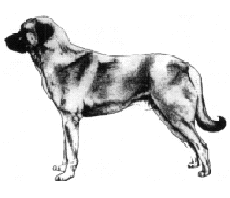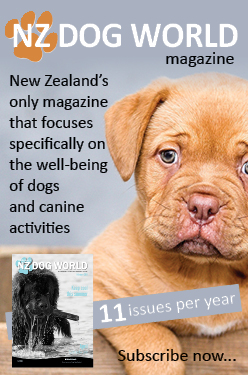Kangal Dog
General Information - Kangal Dog

Group:
Utility
Size:
Large
Lifespan:
10-12 years
Exercise:
Medium
Grooming:
Low
Trainability:
Medium
Watchdog Ability:
Very high
Protection Ability:
Very high
Area of Origin:
Turkey
Date of Origin:
1600s
Other Names:
None
Original Function:
Flock guardian
History
The Kangal Dog is an ancient flock-guarding breed, thought to be related to the early mastiff-type dogs depicted in Assyrian art. The breed is named for the Kangal District of Sivas Province in Central Turkey where it probably originated. Although the breed has long been associated with the family of the Aga of Kangal, large landholders and chieftains, the majority are bred by villagers who take great pride in the dogs' ability to guard their flocks of sheep and goats from such traditional predators as the wolf, bear, and jackal. The relative isolation of the Sivas-Kangal region has kept the Kangal Dog free of cross-breeding and has resulted in a natural breed of remarkable uniformity in appearance, disposition, and behaviour. Despite its regional origin, many Turks consider the Kangal Dog as their national dog. Turkish government and academic institutions operate breeding kennels where Kangal Dogs are bred and pedigrees are carefully maintained. The Kangal Dog has even appeared on a Turkish postage stamp.
Temperament
The typical Kangal Dog is first and foremost a stock guardian dog and possesses a temperament typical of such dogs; alert, territorial, and defensive of the domestic animals or the human family to which it has bonded. The Kangal Dog has the strength, speed, and courage to intercept and confront threats to the flocks of sheep and goats that it guards both in Turkey and the New World. Kangal Dogs prefer to intimidate predators but will take a physical stand and even attack if necessary. Kangal Dogs have an instinctive wariness of strange dogs but are not typically belligerent toward people. They are somewhat reserved with strangers but loyal and affectionate with family.
Upkeep
The Kangal Dog needs a chance to exercise every day, either with a long walk or brisk run. It can live outside in temperate to cool climates. Coat care is minimal, consisting only of a weekly brushing to remove dead hair.








